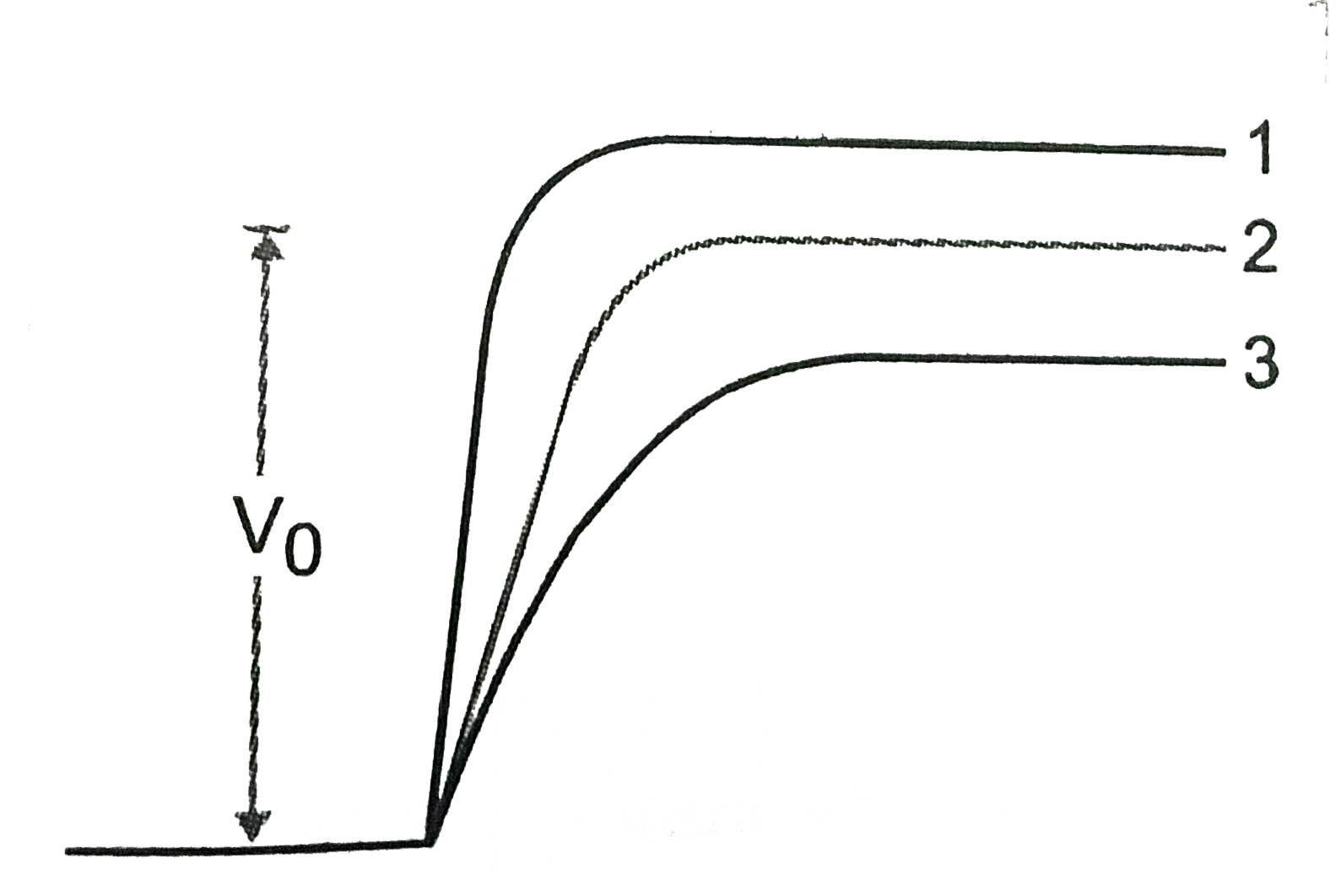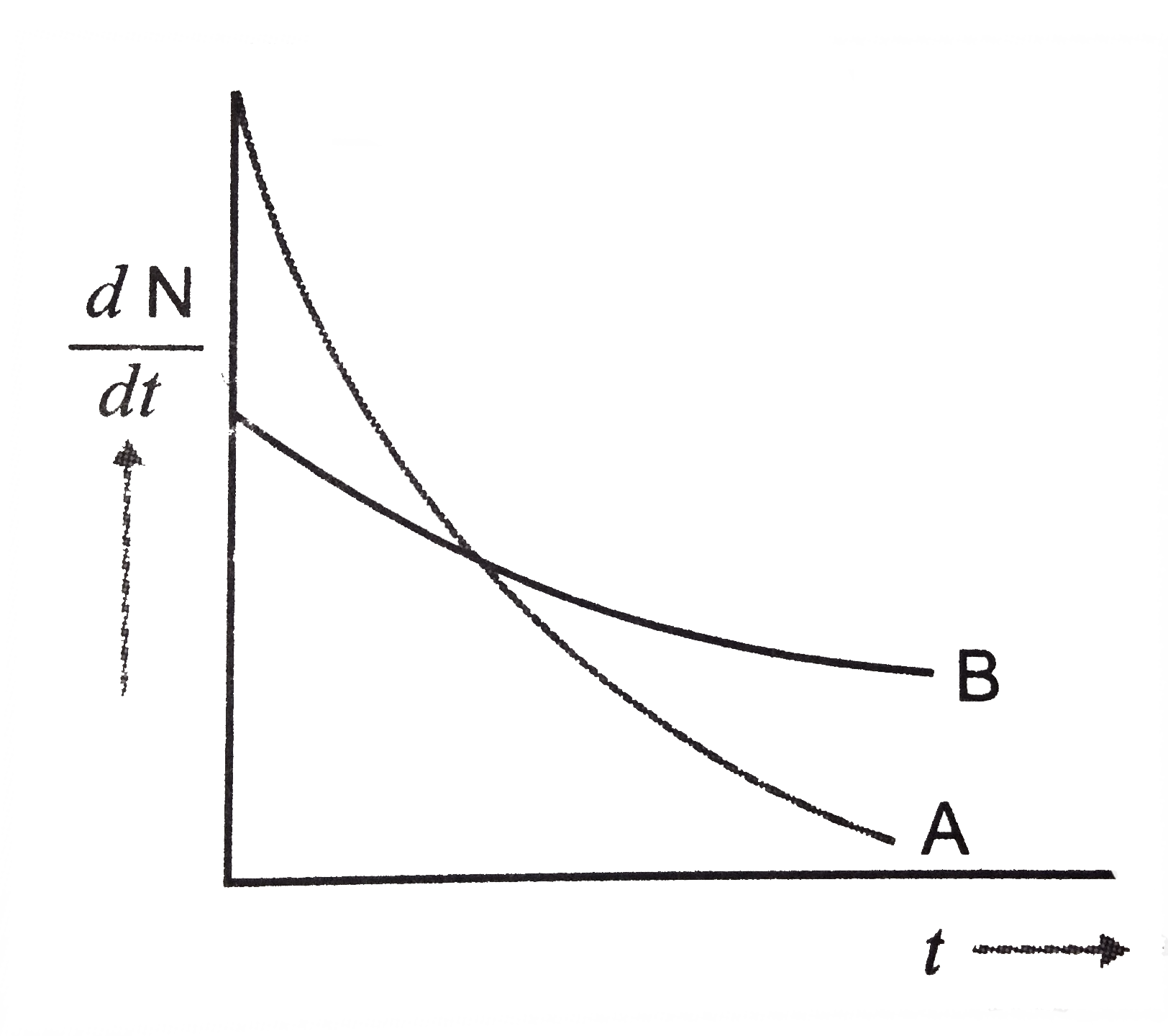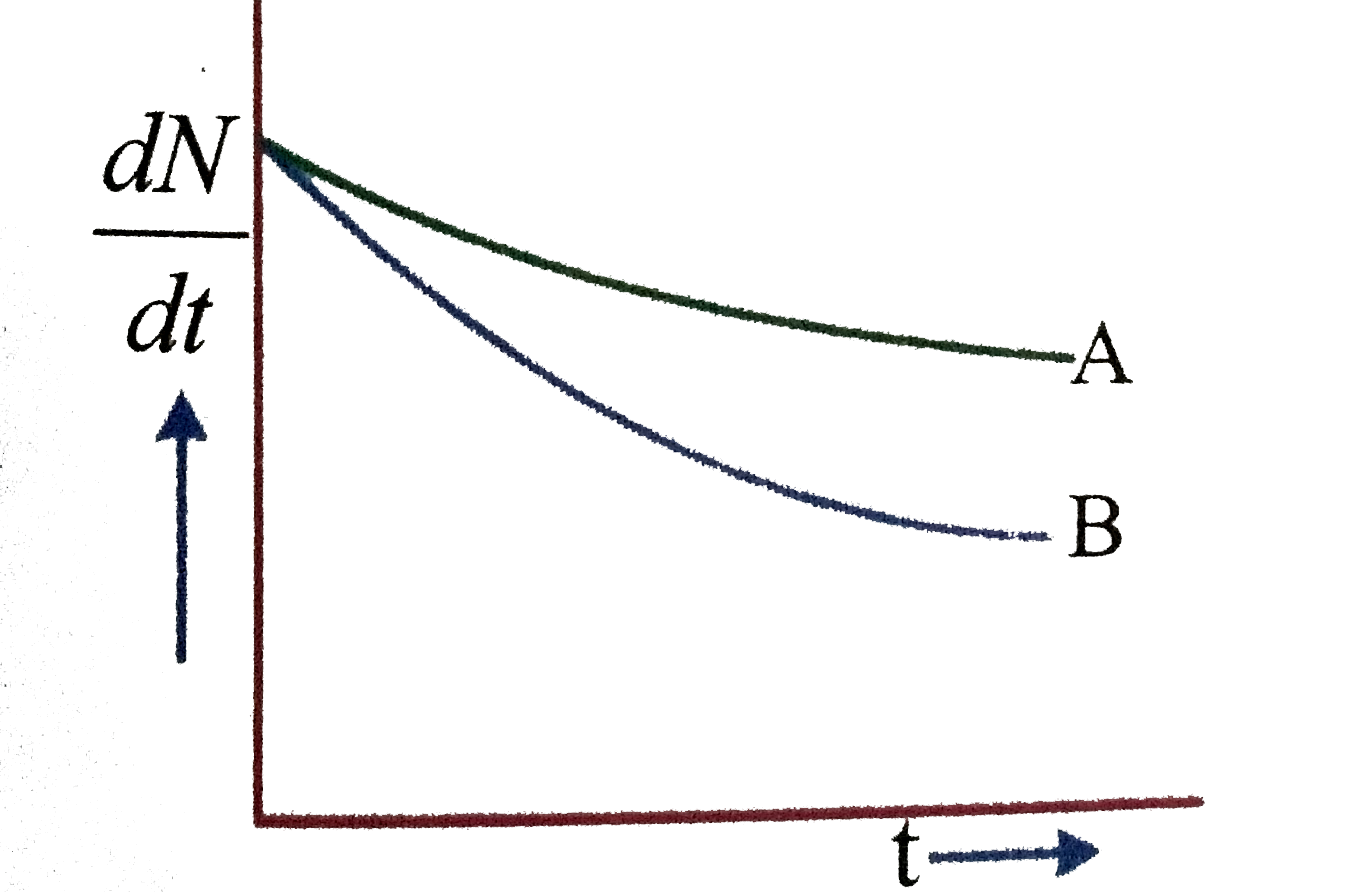Complete Solutions to Multiplel choice questions of chapter SEMICONDUCTOR ELECTRONICS: MATERIAL,DEVICES AND SIMPLE CIRCUIT of Class 12 book with complete answers and questions
| Class 12 | PHYSICS |
| Chapter | SEMICONDUCTOR ELECTRONICS: MATERIAL,DEVICES AND SIMPLE CIRCUIT |
| NCERT EXEMPLAR | Multiplel choice questions |
| Number Of Questions | 26 |
| Academic Year | 2023-24 |
The conductivity of a semiconductor increases with increase in temperature because
01:55View SolutionIn Fig . `V_(0)` is the potential barrier across a p-n junction, when no battery is connected across the junction
 05:23View Solution
05:23View SolutionWhen a nucleus in an atom undergoes a radioactive decay, the electronic energy levels of the atom.
04:59View Solution`M_(x) and M_(y)` denote the atomic masses of the parent and the daughter nuclei respectively in a radioactive decay. The Q - value for a `beta-` decay is `Q_(1)` and that for a `beta^(+)` decay is `Q_(2)`. If `m_(e)` denotes the mass of an electrons, then which of the following statements is correct?
08:47View SolutionTritium is an isotope of hydrogen whose nucleus triton contains 2 neutrons and 1 proton . Free neutrons decay into `p+bar(e) +bar(n).` If one of the neutrons in Triton decays , it would transform into `He^(3)` nucleus. This does not happen. This is because
03:11View SolutionHeavy stable nuclei have more neutrons than protons. This is because of the fact that
02:19View SolutionIn a nuclear reactor, moderators slow down the neutrons which come out in a fission process. The moderator used have light nuclei. Heavy nuclei will not serve the purpose because
02:31View SolutionFusion processes, like combining two deuterons to form a `He` nucleus are impossible at ordinary temperature and pressure. The reasons for this can be traced to the fact:
02:42View SolutionSample of two radioactive nuclides `A` and `B` are taken. `lambda_(A)` and `lambda_(B)` are the disintergration constants of `A` and `B` respectively. In which of the following cases, the two sample can simultaneously have the same decay rate at any time ?
01:31View SolutionThe variation of decay rate of two radioactive samples A and B with time is shown in fig.

Which of the following statements are true?05:39View Solution`He_(2)^(3)` and `He_(1)^(3)` nuclei have the same mass number. Do they have the same binding energy ?
01:37View SolutionDraw a graph showing the variation of decay rate with number of active nuclei.
01:25View SolutionWhich sample `A` or `B` shown in figure has shorter mean-life ?
 04:08View Solution
04:08View SolutionWhich one of the following cannot emit radiation and why ? Excited nucleus excited electron.
03:36View SolutionIn pair annihilation an electron and a positron destroy each other to produce gamma radiations . How is the momentum conserved ?
01:50View SolutionWhy do stable nuclei never have more protons than neutrons ?
02:21View SolutionConsider a radioactive nucleus A which decays to a stable nucleus C through the following sequence
`A to B to C`
Here B is an intermediate nuclei which is also radioactive. Considering that there are `N_(0)` atoms of A initially , plot the praph showing the variation of number of atoms of A and B versus time.05:07View SolutionA piece of wood form the ruins of an ancient building was found to have a `C^(14)` activity of 12 disintegrations per minute per gram of its carbon content. The `C^(14)` activity of the living wood is 16 disintegrations/minute/gram. How long ago did the trees, from which the wooden sample came, die? Given half-life of `C^(14)` is 5760 years.
04:37View SolutionAre the nucleons fundamental particles or do they consist of still smaller perts One way to find out is to probe a nucleon just as Rutherford probed and atom . What should be the kinetic energy of an electron for it to be able to probe a nucleon? Assume the diameter of a nucleon to be approximately `10^(-15) m.`
03:50View SolutionA nuclide 1 is said to be the mirror isobar of nuclide 2 if `Z_(1) =N_(1)` and `Z_(2) =N_(1)`. (a) What nuclide is a mirror isobar of `underset(11)overset(23).` Na ? (b) which nuclide out of the two mirror isobars have greater binding energy and why?
04:33View SolutionSometimes a radioactive nucleus decays into a nucleus which itself is radioactive . An example is
`""^(38)"Sulphur"underset(=2.48h)overset("half -life")(to) ""^(38)Cl underset(=0.62 h)overset("half-life")(to) ""^(38)Ar(" stable")`
Assume that we start with `1000 ""^(38)S` nuclei at time t=0. the number of `""^(38)Cl` of count zero at t=0 and will again be zero at `t= infty.`At what value of t, would the number of counts be a maximum?View SolutionDeuteron is a bound state of a neutron and a proton with a binding energy `B=2.2MeV. A gamma`-ray of energy E is aimed at a deuteron nucleus to try to break it into a (neutron +proton) such that the n and p move in the direction of the incident `gamma`-rays. If E=B, show that this can not happen. Hence, calculate how much bigger than B must E be for such a process to happen.
View SolutionThe deuteron is bound by nuclear forces just as H-atom is made up of p and e bound by electrostatic forces. If we consider the forces between neutron and proton in deuteron as given in the form of a Coulomb force but with an effective charge e': `F=1/(4piepsilon_(0)) (e'^(2))/r^(2)`
estimate the value of `(e'//e)` given that the following binding energy of a deuteron is 2.2MeV.06:02View SolutionBefore the neutrino hypothesis the beta decay process was throught to be the transition.
`n to p+bar(e)`
If this was true show that if the neutron was at rest the proton and electron would emerge with fixed energies and calculate them. Experimentally the electron energy was found to have a large range.08:39View SolutionThe activity R of and unknown radioactive nuclide is measured at hourly intervals. The result found are tabulated as follows

(i) Plot the graph of R versus t and calculate half-life from the graph.
(ii) Plot the graph of In `((R)/(R_(0)))` versus r and obtain the value of half-life from the graph.View SolutionNuclei with magic no. of proton Z=2,8,20,28,50,52 and magic no. of neutrons N=2,8,20,28,50,82 and 126 are found to be stable. (i) Verify this by calculating the proton separation energy `S_(p)` for `.^(120)Sn (Z=50)` and `.^(121)Sb =(Z=51)`.
The proton separation energy for a nuclide is the minimum energy required to separated the least tightly bound proton form a nucleus of that nuclide. It is given by
`S_(p)=(M_(z-1,N)+M_(H)-M_(Z,N))c^(2)`.
given `.^(119)Sn_49 =118.9058u, .^(120) Sn_50 =119.902199u, .^(121)Sb_51=120.903824u, .^(1)H=1.0078252u`
(ii) what does the existence of magic number indicate?05:18View Solution
Multiplel choice questions questions and complete solutions for chapter SEMICONDUCTOR ELECTRONICS: MATERIAL,DEVICES AND SIMPLE CIRCUIT of NCERT PHYSICS (ENGLISH) of Class 12
